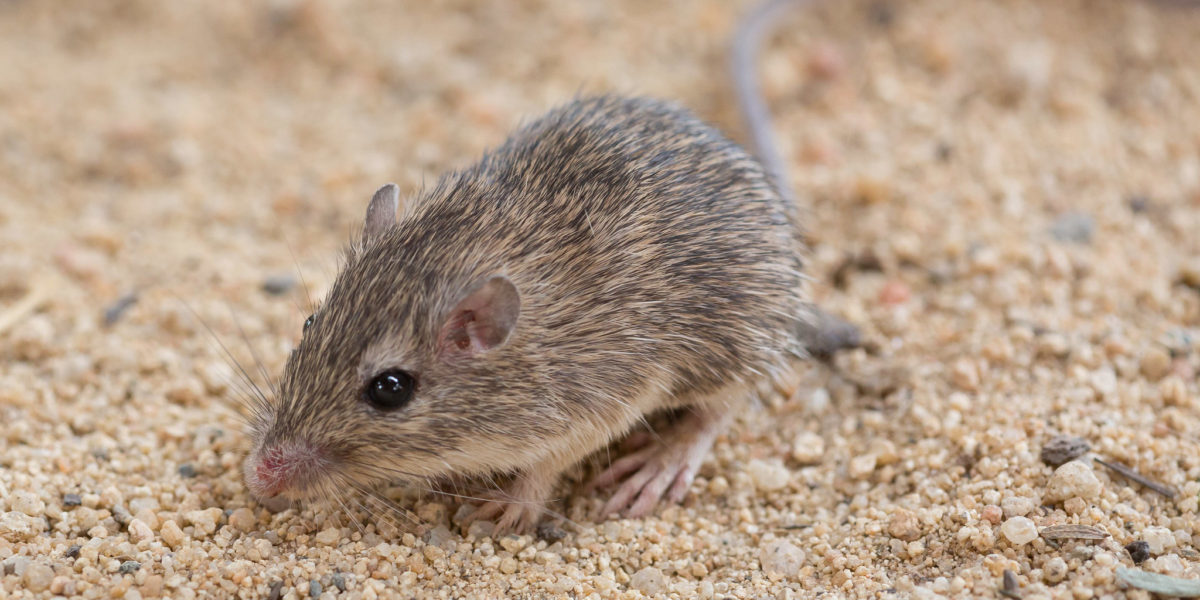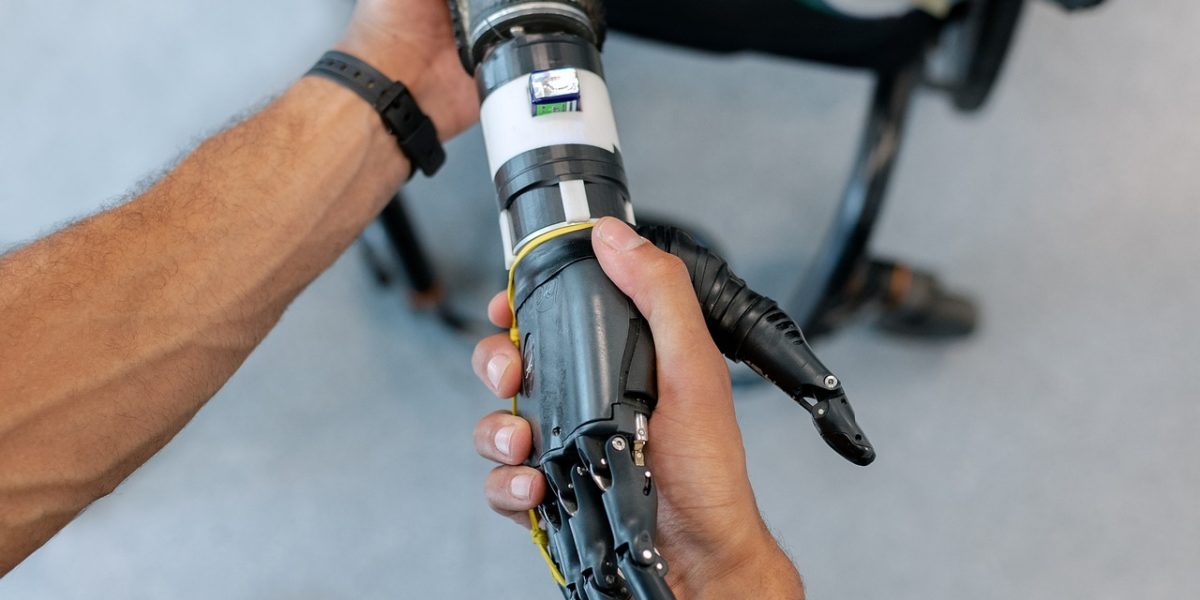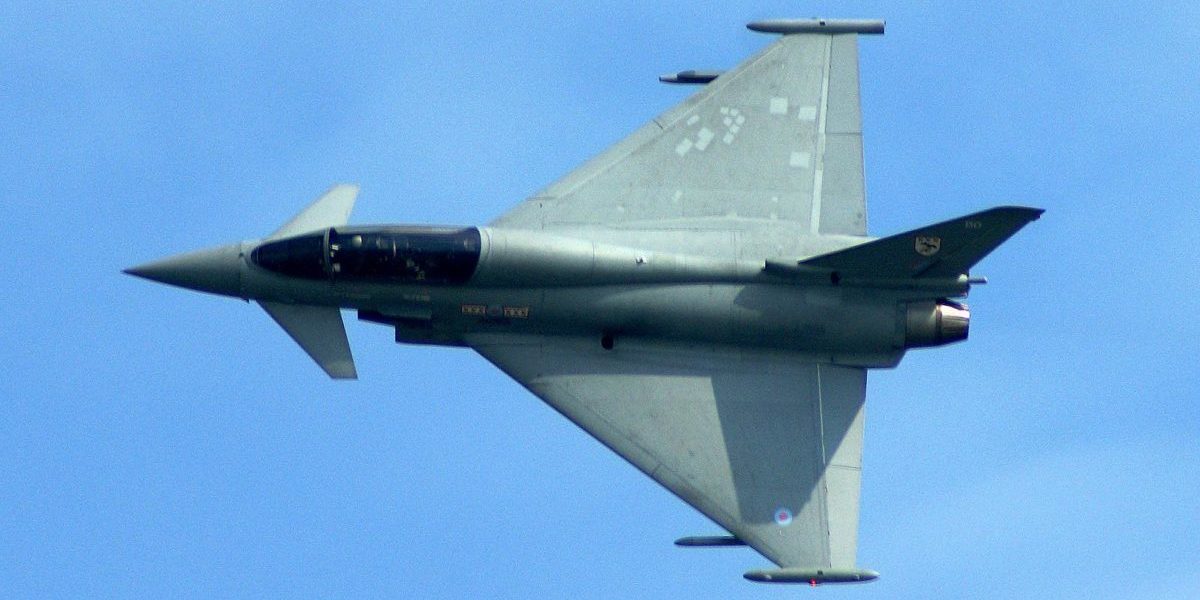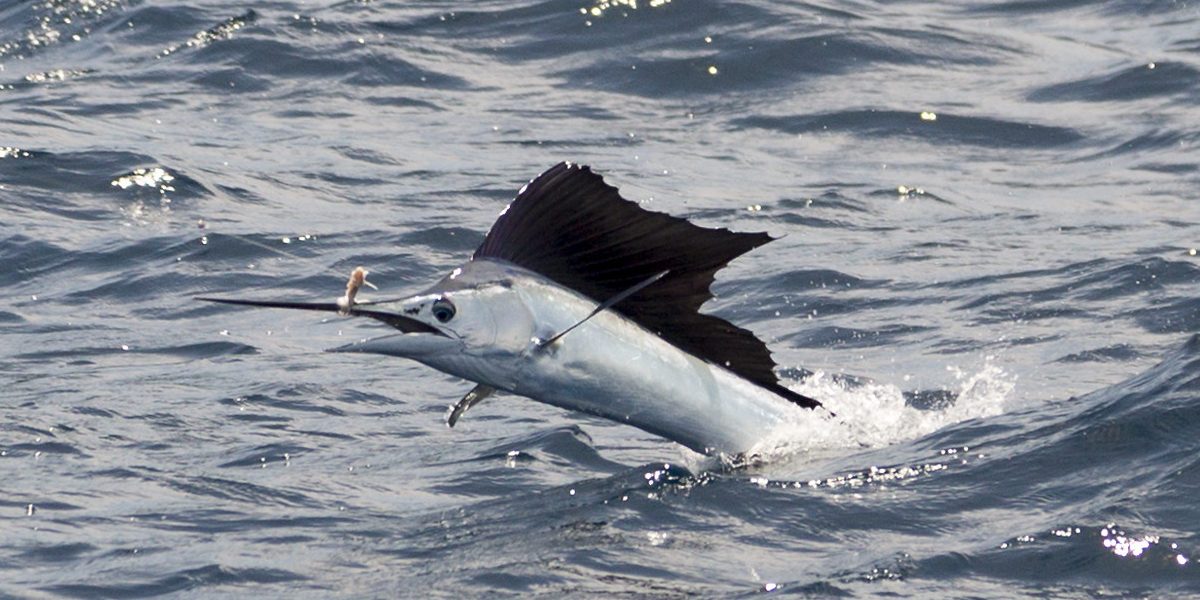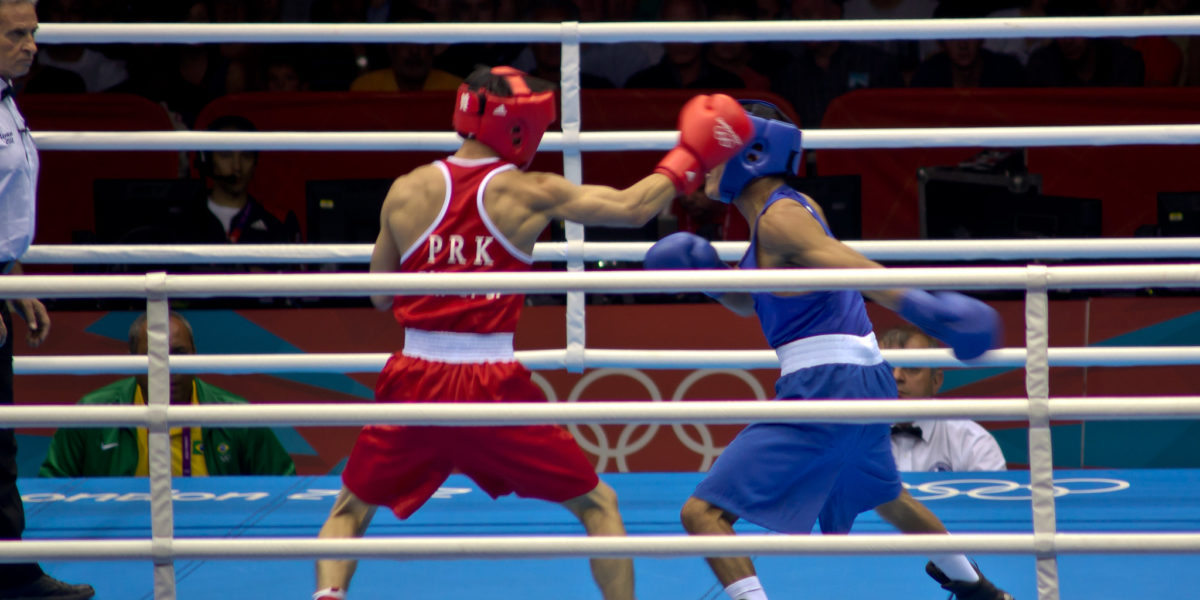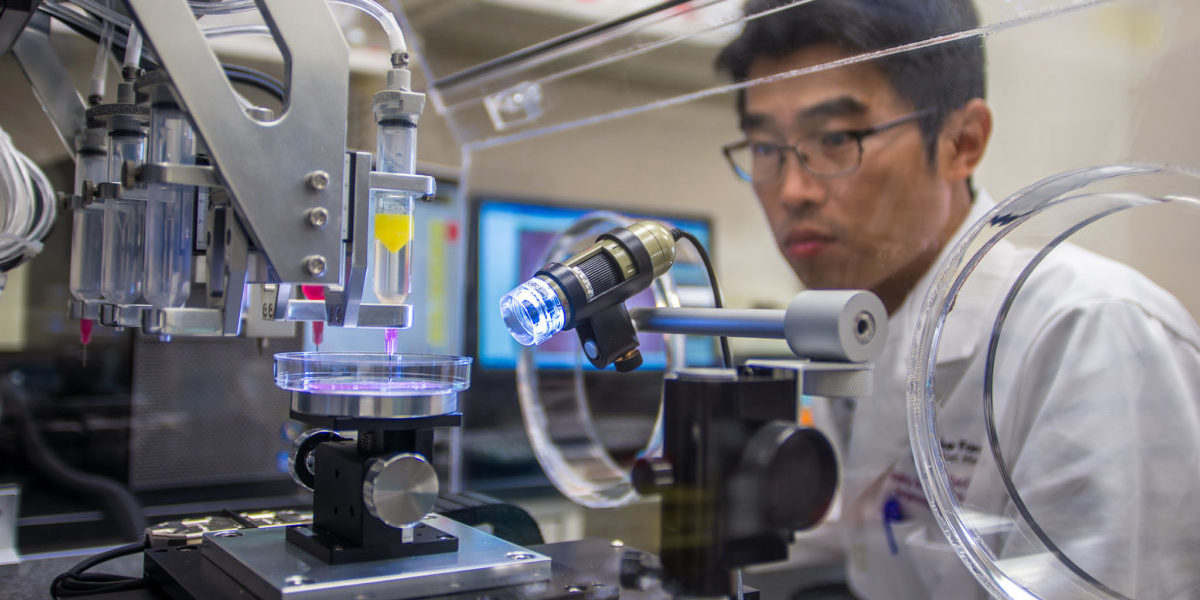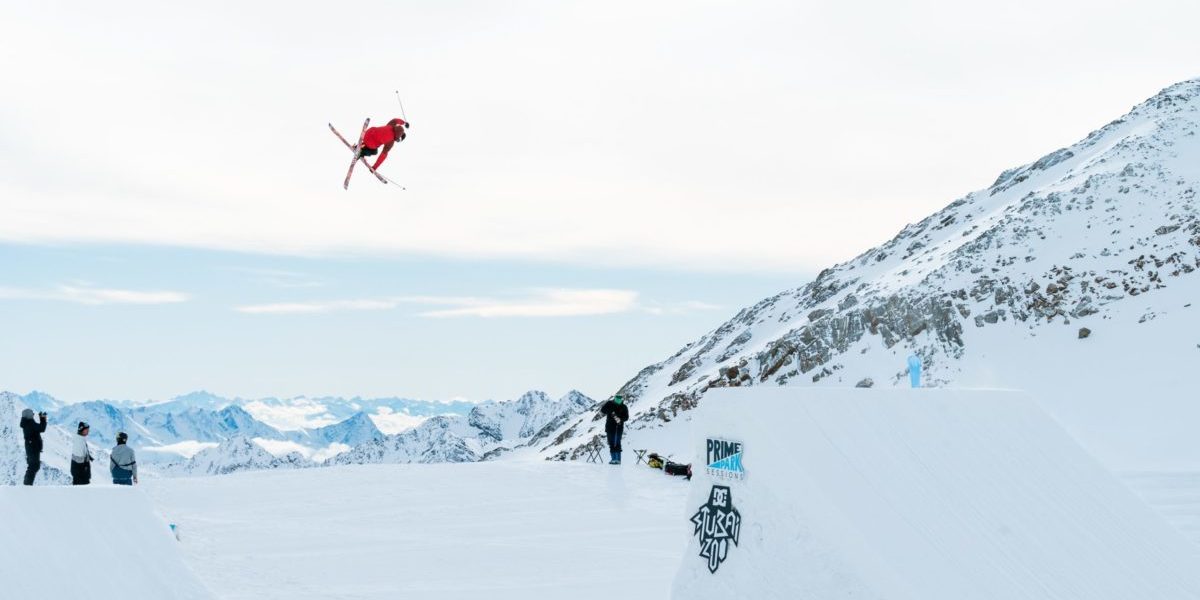Plants come in all shapes and sizes, from the smallest blades of grass to trees so big that the tops can’t even be seen from the ground. But all plants are made from the same basic cell structures and components. So why is it that I can easily pick a flower, but could spend hours chopping at a tree and hardly make a dent? Trees are so much stronger than almost every other plant that they have become a staple in the construction industry. The key to the success of the tree is small differences in the structure.
Continue reading “It’s The Little Things That Make Trees Strong”Month: April 2021
How Mice Could Help You Regenerate a Lost Limb
If you have ever experienced a nasty scrape or burn, you know the process of healing is not very fun. Human skin can take several weeks to regenerate after an injury and that often comes with a fair amount of pain. For a bigger injury that involves tissue damage, there is often little the human body can do to regenerate larger parts. However, thanks to a small rodent – the African spiny mouse – regenerative medicine for humans could be making huge advances in the near future.
Continue reading “How Mice Could Help You Regenerate a Lost Limb”Advances In Prostheses: Restoring the Sense of touch to amputees
Whether or not you know someone who has lost a limb, we can all easily imagine the hardships that would follow such a tragedy. Thanks to scientific advancements, prosthetic limbs have become more and more available and functional over the past few decades. However, one of the greatest challenges—which has only recently been started to be addressed—still facing the industry is the question of how to restore tactility through prosthetic hands. Having the sense of touch in your hands is essential to everyday activities, such as putting on your clothes in the morning or drinking a glass of water; and, unfortunately, in the US alone there are over 100,000 persons registered who had an amputation of a complete arm, hand, or partial hand.
Continue reading “Advances In Prostheses: Restoring the Sense of touch to amputees”Top Gun Trauma: the Effects of Ejecting From a Fighter Jet on the Spine
The need for speed places fighter pilots in electrifying yet dangerous situations. When things go wrong during flight, pilots must consider ejecting, a terrifying choice. Ejection is a last resort due to the large compressive forces and the high wind speeds that can cause many different serious injuries, including spinal injuries. Approximately 20-30% of people who survive ejection endure spinal fractures. Understanding the dangers of flight that service members face increases awareness of the military lifestyle within the civilian population and is critical in finding solutions to lessen the severity of injury.
Continue reading “Top Gun Trauma: the Effects of Ejecting From a Fighter Jet on the Spine”Swimming Fast and Slow: What We Know About the Sailfish’s Iconic Fin
Sailfish, or Istiophorus platypterus, are one of the most recognizable fishes in the ocean due to their large sail-like dorsal fin. But, did you know that they are also iconic because they are one of the fastest swimmers in the ocean?
Continue reading “Swimming Fast and Slow: What We Know About the Sailfish’s Iconic Fin”Punch like a nerd: Utilizing Biomechanics in Boxing Form
You and I are living creatures. Every living creature on Earth has some means of self-preservation, and while society and technology have advanced humans far beyond the norms of the animal kingdom, deep down at our core is the self-preserving instinct known as “fight or flight”. When the moment arises that flight is not possible, that unarmed self-defense is the only option, a human will most likely throw a punch. Unless you are trained in a combat sport or a style of self-defense, that punch will likely be inefficient and ineffective. I’m here to break down, with biomechanics, the most effective way to throw that punch.
Continue reading “Punch like a nerd: Utilizing Biomechanics in Boxing Form”This Toner Might Be More Expensive: 3-D Printing Artificial Organs
For most people in the United States who need an organ transplant, they will need to wait an average of three to five years on a list before they can get a lifesaving surgery. On average, 20 people die daily waiting on this list. There is a possibility of being able to bypass the wait time by manufacturing the required organs with 3D printing. This manufacturing technique was first used in the medical field for prosthetics and surgery practice models, with a goal to create fully functioning organs for those in need. Instead of using plastic or printer ink, the 3D printer uses cells to create biological constructions.
Continue reading “This Toner Might Be More Expensive: 3-D Printing Artificial Organs”Heads Up and Eyes Steady – The Optimized Mechanism for Human Running
In the insightful words of Bruce Springsteen, we as human beings were Born to Run. Humans have never been a sedentary species. The tendency to constantly relocate for survival purposes required skill in obtaining food efficiently, which heavily influenced early human evolution. Humans with optimal body mechanics for running ultimately held an advantage in hunting and gathering for food, and over time, the human body adapted to these survival requirements and developed a self-optimizing mechanism for running. This implies that initiating the act of running activates certain responses in the body to perform most efficiently.
Continue reading “Heads Up and Eyes Steady – The Optimized Mechanism for Human Running”Work Smarter Not Harder!
We have all likely heard the saying, “Work smarter not harder.” While this is generally referenced in an academic setting, it is also very applicable in athletics! One of the benefits to being a runner is that it’s a sport people can participate in at any age and nearly anywhere. Unfortunately, however, anywhere from 65-80% of runners get injured in a given year. A large portion of these injuries are related to overuse.
Continue reading “Work Smarter Not Harder!”Big Air: The mechanics of SKIERS and snowboarders landing after jumps
Have you ever watched the X-Games or Olympics or any other skiing or snowboarding competition and marveled at the sheer heights that the athletes achieve? Depending on the type of jump the skier goes off, they can reach heights of up to 50 feet off the ground. How exactly do the skiers land what are essentially free falls from such heights? Supposedly “survivable injuries” occur from falling heights above the “critical threshold” of 20-25 feet, so how do these athletes land from heights of up to double this?
Continue reading “Big Air: The mechanics of SKIERS and snowboarders landing after jumps”
